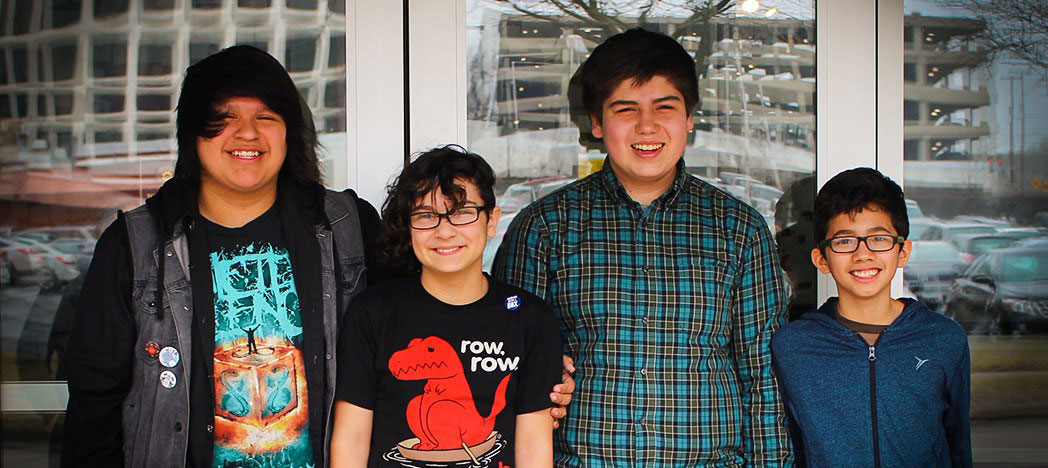
Mar 15, 2016 12:00:00 AM
by Beth Hawkins
Beth Hawkins is a writer at The 74, and formerly was a writer-in-residence at Education Post. Previously she wrote for Learning Curve, a blog about education for MinnPost, where she also covered a variety of other public policy topics. She loves writing for an audience that’s hungry for context and analysis and willing to indulge her many curiosities. Hawkins is the recipient of numerous national and regional awards, including several first-place Society of Professional Journalists Page One Awards for investigative reporting and feature writing. Her work has appeared in More, Mother Jones, Minnesota Monthly and many other publications. You can also find her blogging at BethHawkins.org.
Few issues in education spark more tension and debate than standardized testing. Are they a tool for equity or a burden on students? A necessary check on school systems or a flawed measure of...
Charter schools are public schools with a purpose. Operating independently from traditional school districts, they're tuition-free, open to all students, and publicly funded—but with more flexibility...
Despite the benefits of a diverse teaching force, prospective teachers of color fall out of our leaky preparation pipeline at every stage: preparation, hiring, induction, and retention. Here’s what...
Ed Post is the flagship website platform of brightbeam, a 501(c3) network of education activists and influencers demanding a better education and a brighter future for every child.
© 2020-2025 brightbeam. All rights reserved.
Leave a Comment